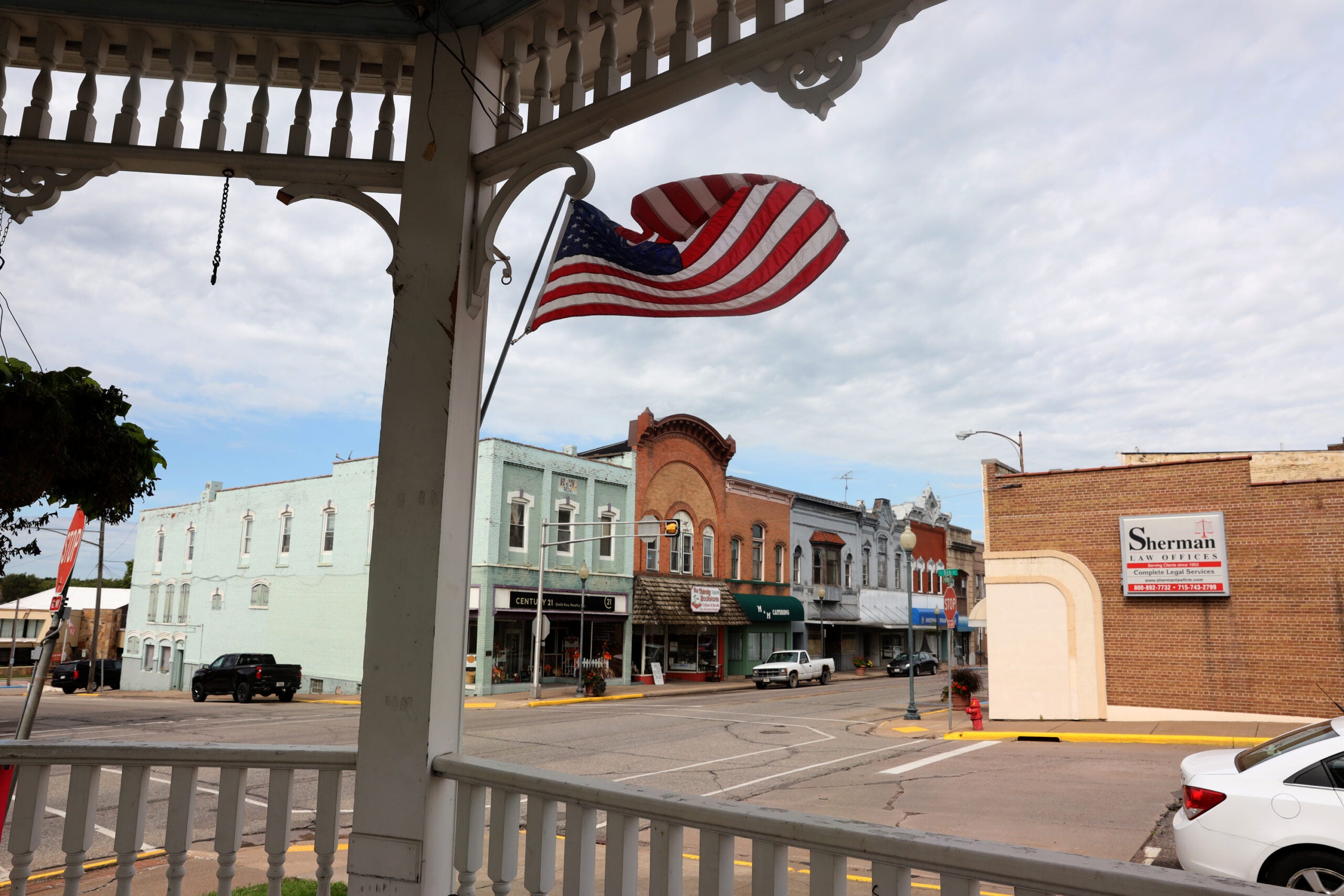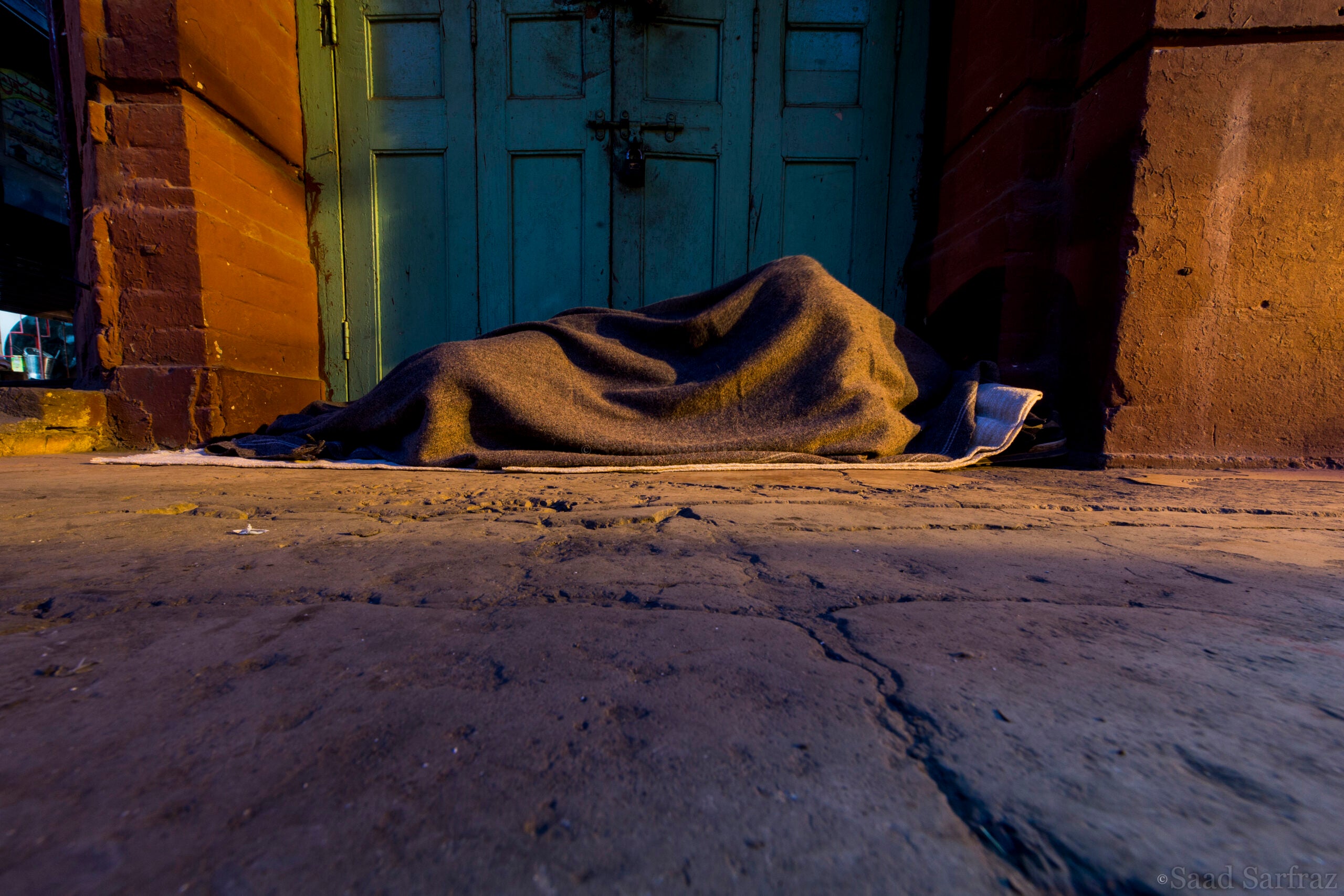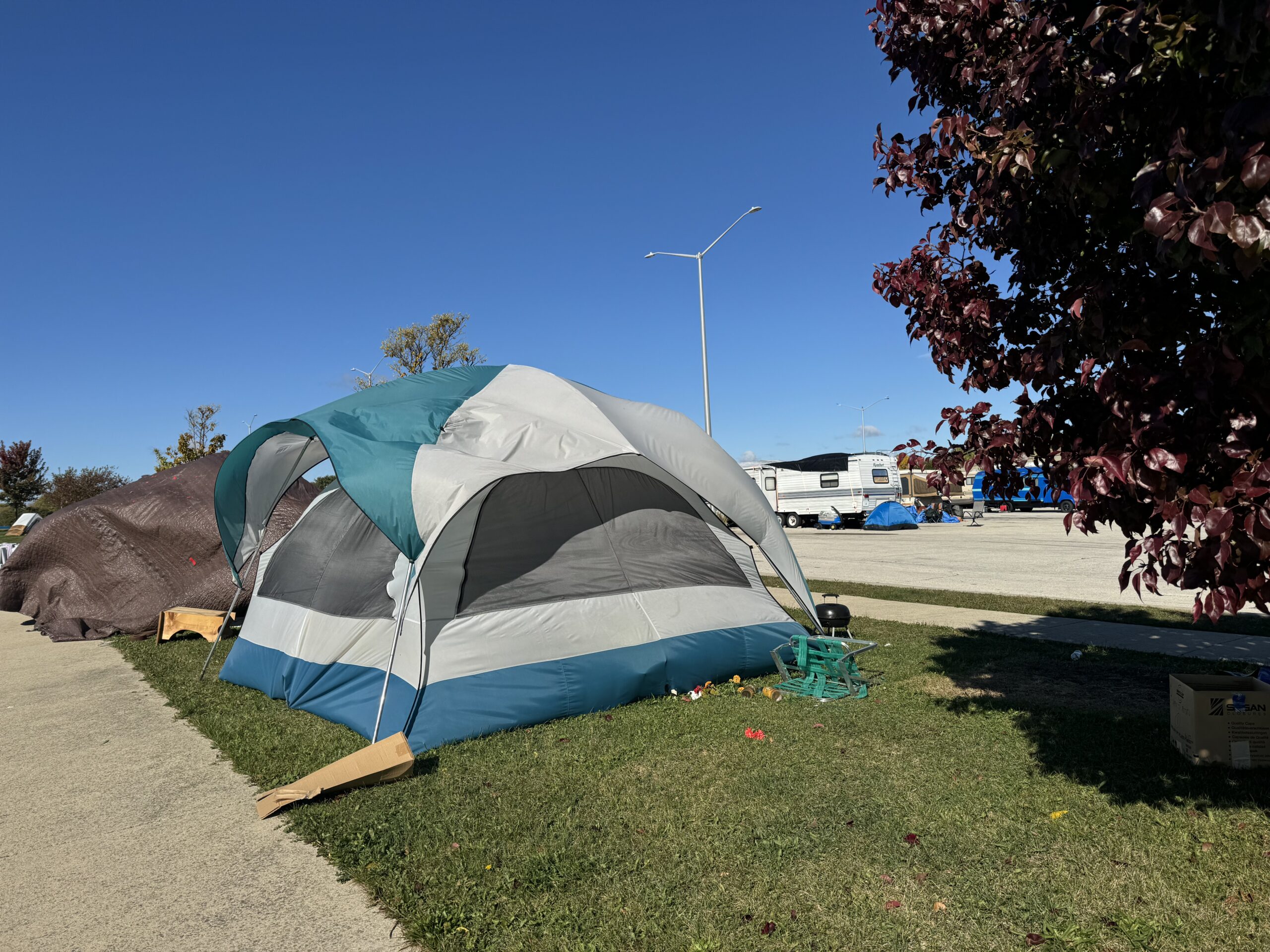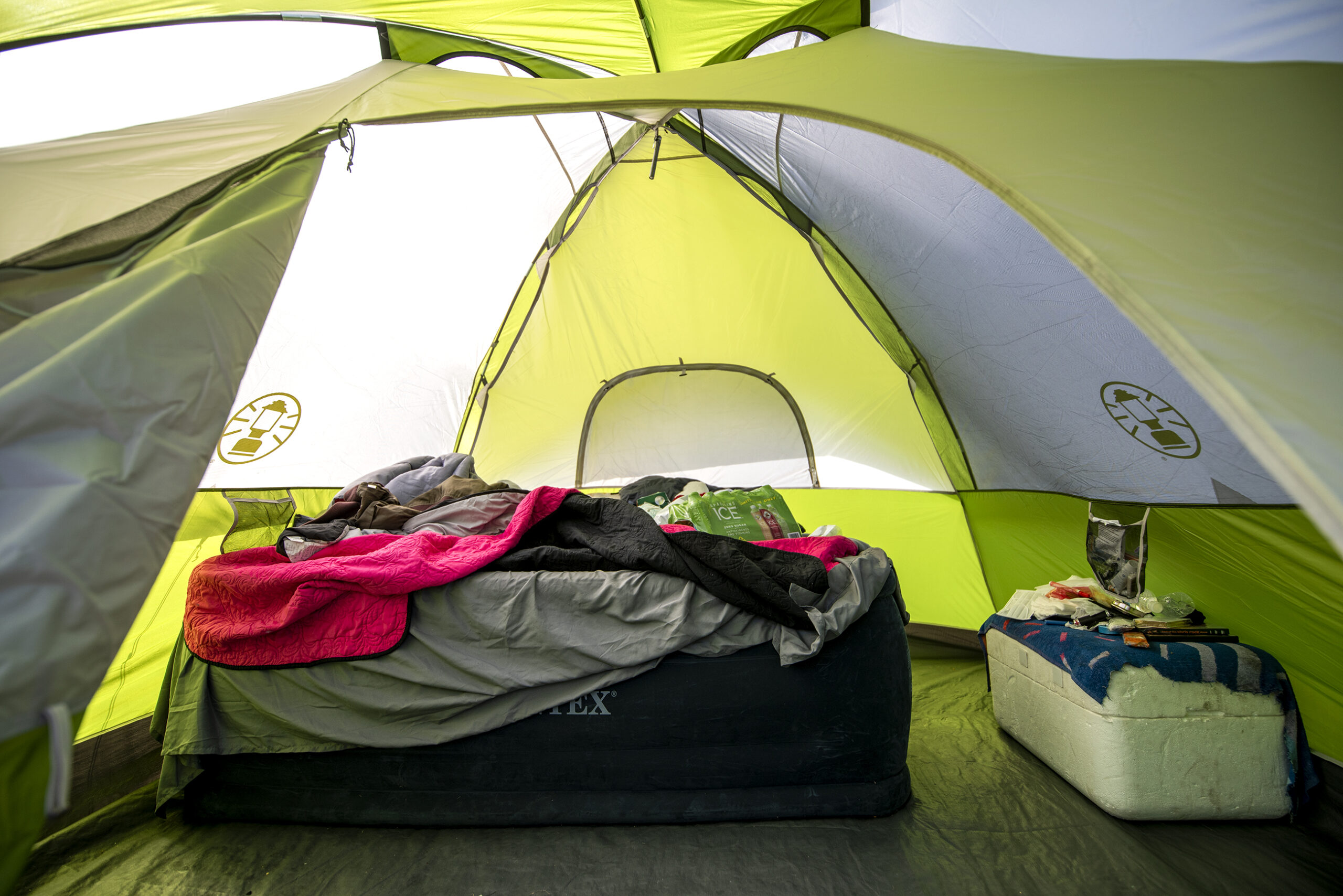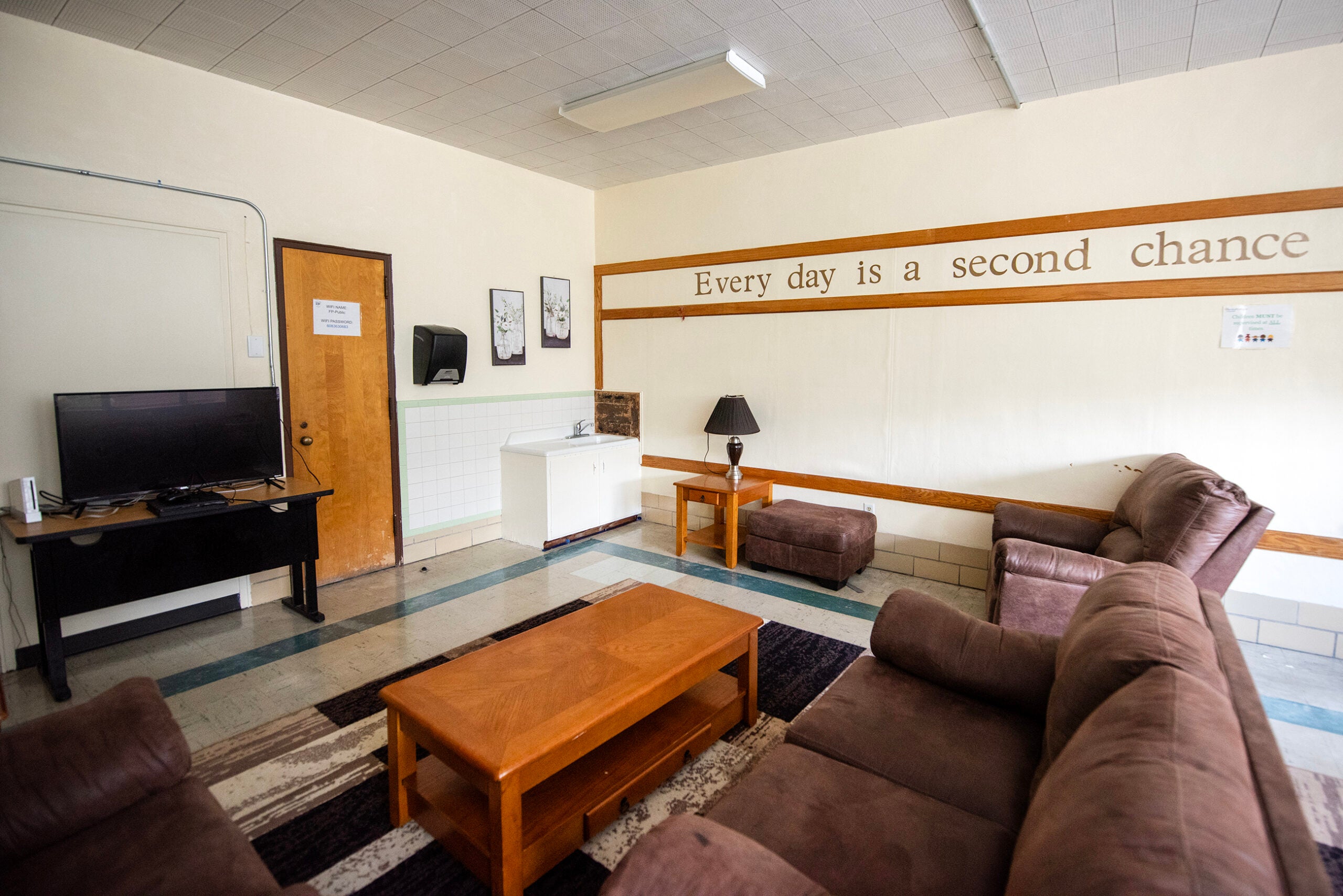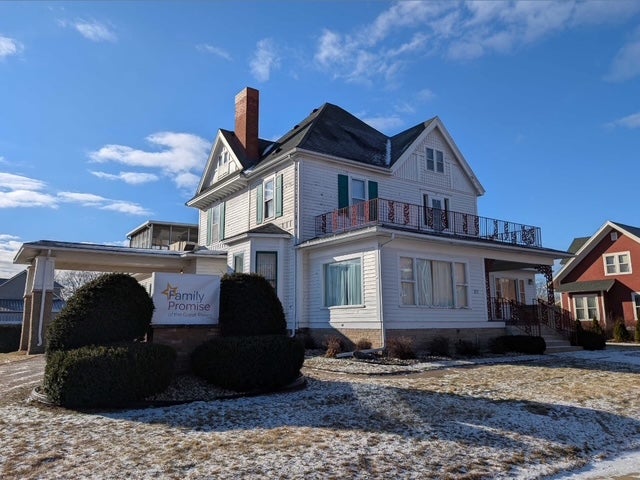Homelessness is often seen as an urban problem, but evictions, deteriorating housing and a lack of rentals have left people throughout rural Wisconsin without a home and many miles from the nearest shelter.
Until this year, there were no shelters in Taylor County, a rural county west of Wausau with a population of around 20,000. That left many people with no place to stay and nowhere close enough to get help, said Amanda Newberry, the director of Taylor House.
Since the shelter opened in April, they’ve seen hundreds of people walk through their doors, looking for a place to stay and services, like haircuts and help paying for groceries. Last week, their 17 bed shelter was full, with four people on the waitlist, which is not unusual, Newberry said.
News with a little more humanity
WPR’s “Wisconsin Today” newsletter keeps you connected to the state you love without feeling overwhelmed. No paywall. No agenda. No corporate filter.
One reason, she said, is the booming housing market, which pushes rent prices up.
“People are selling the houses that they’re living in,” she said, “and then (our clients) can’t find that rental or that place to go that was affordable for them.”
Especially right now, with pandemic relief drying up, more people in the area are finding themselves in dire situations, Newberry said.
“Those stimulus checks were amazing, and they helped a lot of people,” Newberry said. “We have a lot of people that said, ‘I lived off of my stimulus check until this point, and now we’re here.’”
Many clients come in because they’ve been evicted, she said, and with an eviction on their record they can’t find a landlord who will rent to them. Others seek help because they’ve aged out of foster care and now have no place to go, she said.
Those issues are spread across the state, in both rural and urban areas. In 2019, over 20,000 people across Wisconsin sought help from homeless services, like shelters and rapid re-housing programs, according to the Homeless Management Information System Report. Most of those people were clustered around urban areas.
But pinning down the actual level of need in rural areas is hard, because homelessness in those parts of the state looks different than what most people envision, said Brad Paul, the executive director of Wisconsin Community Action Program Association, a statewide network of organizations fighting poverty.
“In urban areas, you tend to have people in shelters. You notice homelessness on the street more,” Paul said. “In rural areas, by comparison, you don’t have congregate shelters very often. You don’t have people sleeping on the streets. You have people living ‘doubled up’ with neighbors, with family, living in campgrounds, living in abandoned barns. So it just looks different, and so it tends to escape the public eye.”
That lack of visibility curbs federal funding, Paul said. The U.S. Department of Housing and Urban Development defines homelessness as living in a shelter or on the street, which rules out a lot of people in rural areas, he said.
According to a HUD count on a single night in 2020, 4,515 people in Wisconsin were experiencing homelessness.
In comparison, the state Department of Public Instruction found 17,179 students experienced homelessness in the 2019-20 school year. Roughly 77 percent of those students stayed in the houses of neighbors, friends or family. Twelve students in the Medford Area Public School District, where Taylor House is based, experienced homelessness, with nine living doubled up.
“So as a result, the HUD resources aren’t available to communities in rural areas as much because they’re not considered homeless,” he said. “So that’s one of the primary breakdowns in policy that really hurts rural areas.”
With less funding, fewer services can operate in rural areas, regardless of need, Paul said.
That means services that do exist are more spread out, stopping many from getting help, said Michael Hall, the associate director of Foundations for Living. The organization serves people experiencing homelessness in Waupaca County, a rural county just west of Appleton with a population of around 50,000. Foundations for Living provides help with rent, gas or, during the cold season, shelter.
It’s one of two homeless shelters in the county, and it only operates part of the year. The rest of the year, he said people seeking help have to find ways to travel to a shelter on the border of Outagamie County or, often, go without help.
“In rural Wisconsin, transportation is such a hindrance that if someone is stuck out in a rural community, there’s really nothing they can do or nowhere they can go,” Hall said. “So they really rely and depend upon other people. Otherwise, they’re just unable to even obtain services. That’s probably our No. 1 issue outside of actually helping people, is getting them to us so we can help them.”
That’s what leads many in rural areas to house surf, Hall said, staying with friends and family as long as they’re tolerated. In the 2019-20 school year, 63 students in the Waupaca School District experienced homelessness, with 50 living doubled up.
With nowhere to turn, people are left in high-stress situations, uncertain of where to stay and how to get food, Hall said, and that uncertainty and stress makes it harder to escape the situation.
“They’re going into fight or flight, so then they start making irrational decisions, which also causes more financial harm and can put them in a situation where they’re interacting with law enforcement.” he said. “It’s a cycle.”
Breaking this cycle, Hall said, starts at the roots. Adding homeless shelters and beds alone doesn’t fix the problem, he said.
“What helps is treating the underlying cause of what’s going on,” he said. “So typically job training services, mental health services, addiction recovery services and just helping someone with a resume.”
But at its core, the homelessness crisis across the U.S, both urban and rural, stems from a lack of affordable housing, said Steve Berg, the vice president for programs and policy at the National Alliance to End Homelessness.
The population is dropping in rural America, he said, which means the pressure to build housing is dropping, too, leaving rural Americans with a deficit of safe, habitable homes.
Job growth in rural areas has also gone down, he said, which means even the housing that exists is out of many peoples’ reach.
But homelessness doesn’t just hurt those experiencing it, Berg said. Studies estimate that each person experiencing chronic homelessness costs communities $30,000 to $50,000 per year. In comparison, permanent supportive housing costs roughly $20,000 per year per person.
One reason is that people experiencing homelessness are more likely to require emergency hospitalization, he said, which drains the resources of rural hospitals, most of which are already stretched thin. Another is confrontations with law enforcement.
“A lot of people who are homeless end up in jail, and then that costs a lot of money and doesn’t do anybody any good,” Berg said. “And that makes it harder to get out of homelessness.”
But programs to root out the causes of homelessness are not funded to scale across the country, Berg said, and there’s not enough political will or political pressure on lawmakers to change that, even when those solutions save communities money.
Past pushes to boost funding in Wisconsin have failed. While negotiating the 2021-23 state budget, the Legislature rejected Gov. Tony Evers’ proposal to invest over $70 million in shelters, affordable housing and services for people experiencing homelessness.
One main way communities have been tackling the issue, Berg said, is through “Housing First” programs, which prioritize getting people into permanent housing. The model is based on the idea that people need access to necessities before working to better their lives.
“Once they’re in housing, they get other kinds of help, whether it’s mental health treatment, substance abuse treatment or help getting a job,” Berg said. “And all that help is easier to provide if people are in housing, and they have the stability of a regular place to live.”
Wisconsin Public Radio, © Copyright 2026, Board of Regents of the University of Wisconsin System and Wisconsin Educational Communications Board.
